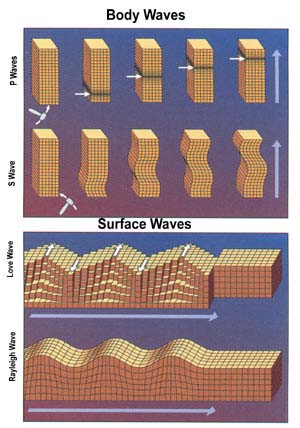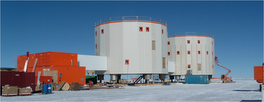What is Seismology?

I cannot maintain a blog about seismology in Concordia without giving you at least a brief run-through of some seismology basics. I'll go into more detail in future posts, so as to give you a greater feeling for the why and how of our experiment.
In the meantime, you will find more definitions and descriptions on the Seismology Definitions page.
Seismology = seismos (earthquake) + logos (word, study)
Seismology is the scientific study of earthquakes and the propagation of elastic waves (seismic waves) through the Earth.
The events that generate seismic waves are called seismic sources. The most common seismic sources are tectonic (earthquakes related to plate tectonics) and volcanic (earthquakes that occur on volcanoes).
Recordings of seismic waves are called seismograms. Take a look at a seismogram from the Concordia seismometer at this post on Current seismology at Concordia.
For those of you who are impatient and would like to learn more about seismology, the USGS has a good series of explanatory web pages: http://earthquake.usgs.gov/learning/




1 comment:
It will not really have success, I feel this way.
Post a Comment